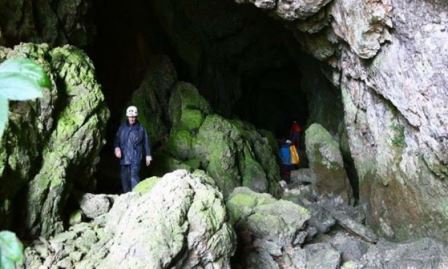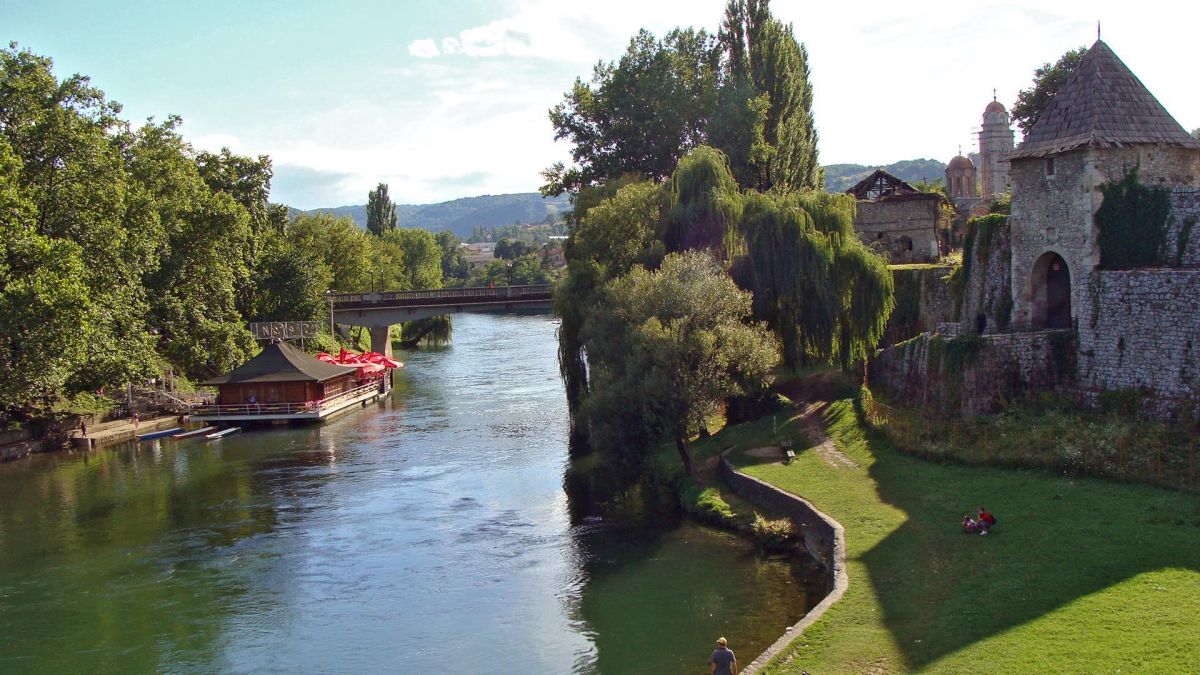 During the exploration of the source and Ricina cave, located in the wider area of the Vrilo near Tomislavgrad, the remains of stone tools were found that are 17,000 years old and represent a unique archaeological finding in this part of Herzegovina.
During the exploration of the source and Ricina cave, located in the wider area of the Vrilo near Tomislavgrad, the remains of stone tools were found that are 17,000 years old and represent a unique archaeological finding in this part of Herzegovina.
The results of the research were published in the scientific work of Darija Vujevic from the Department of Archeology of the University of Zadar and by the master of archeology Stipan Dilber, curator of the Franciscan Museum from Tomislavgrad.
Ricina cave consists of three cave entrances linked to cave channels that were created by the corrosive effect of a powerful underground stream.
“The cave complex was speleologically documented before, and during the visit by the speleologists, the remnants of the handgun in front of the cave were spotted. The finding inspired the archaeological research, where a place for making lithic objects was found in front of the cave. The findings of different tools clearly indicates the epigravetic culture,”said Dilber to Federal News Agency.
According to Dilber, the evidence points out that people in this area lived 17,000 years ago.
This is a great scientific work and a very important discovery and it was confirmed by a professor of the University of Zadar Dario Vujevic who said that a site was discovered to be of great importance for studying the earliest prehistoric times on the eastern Adriatic coast.
He pointed out that the territory of Western Herzegovina has so far been completely unknown in this respect, even though it had to be the link between the continent and the coast.
“Now, for the first time, we have the opportunity to connect these areas with sites in the surrounding regions, especially those from the Adriatic coast, with which the findings in Ricina show great similarities, “Vujevic explained.
(Source: radiosarajevo)


















